An Overview
In the bustling world of logistics and warehousing, safety is not just a priority; it’s a necessity. Warehouses, with their large machinery, towering shelves, and constant movement, pose unique risks that require diligent attention to safety protocols. This article delves into comprehensive safety tips for warehouse operations, ensuring that every employee can work in an environment that prioritises their well-being.
Understanding Warehouse Hazards
Before diving into safety tips, it’s crucial to understand the common hazards in a warehouse environment:
- Falls from Heights: Working on high shelves or platforms.
- Vehicle Accidents: Forklifts and other heavy machinery moving around workers.
- Manual Handling Injuries: Lifting, carrying, or moving heavy items.
- Slips and Trips: Spillages, uneven floors, or cluttered walkways.
- Crushing and Trapping: Between moving parts of machinery or shelving units.
- Electrical Hazards: From damaged cables or equipment.
- Fire Risks: Due to electrical faults, chemical storage, or smoking.

10 Top Tips
Training & Awareness
Comprehensive Training Programs:
- All employees should undergo thorough training upon hiring and periodically thereafter. This training should cover:
- Safe use of equipment and machinery.
- Proper lifting techniques.
- Emergency procedures, including fire evacuation and first aid.
Regular Safety Meetings:
- Hold regular safety briefings to discuss recent incidents, near-misses, and new safety protocols. Encourage an open dialogue where workers can report hazards or suggest improvements.
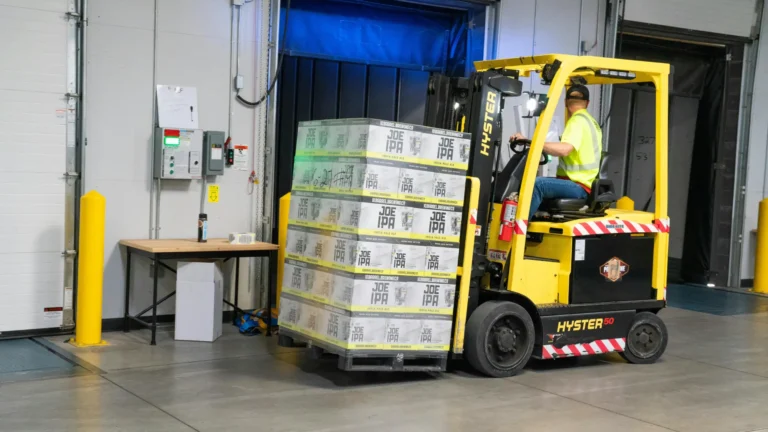
Equipment Safety
Maintenance and Inspection:
- Regularly check all machinery, especially forklifts, pallet jacks, and conveyor belts. Ensure they are serviced according to manufacturer guidelines.
Proper Use of Equipment:
- Only trained personnel should operate heavy machinery. Implement strict rules about equipment operation, including speed limits within the warehouse.
Personal Protective Equipment (PPE):
- Ensure all workers are equipped with the necessary PPE, like helmets, gloves, safety shoes, and high-visibility vests. PPE should be tailored to the specific tasks performed.
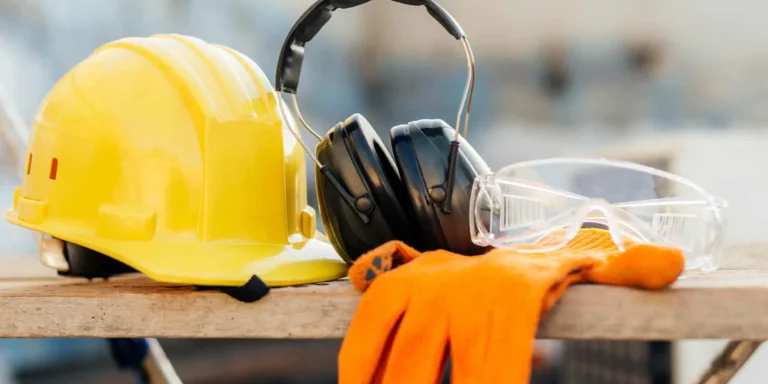
Layout & Design
Clear Signage and Markings:
- Use clear, visible signs for hazard warnings, emergency exits, and operational areas. Floor markings should delineate pedestrian walkways from vehicle routes.
Ergonomic Design:
- Design workstations and storage areas to reduce the need for awkward lifting or reaching. Adjustable shelving and ergonomic tools can significantly decrease strain injuries.
Adequate Lighting:
- Ensure all areas, especially those with high traffic or where detailed work is done, are well-lit. Poor lighting can lead to accidents due to poor visibility.
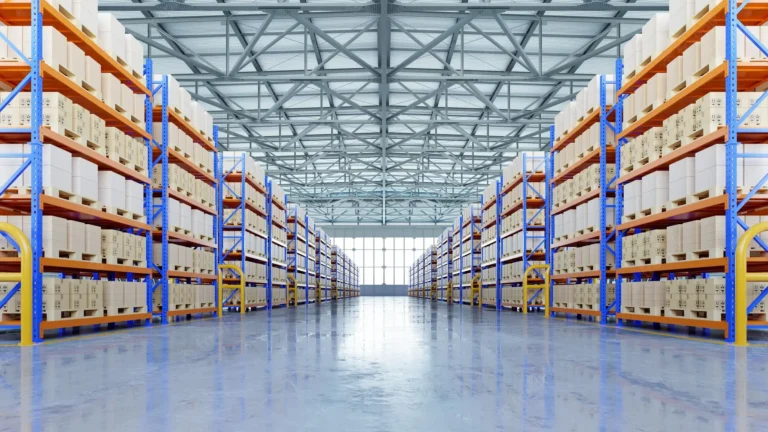
Handling & Storage
Safe Storage Practices:
- Stack items safely to prevent toppling. Use the LIFO (Last In, First Out) or FIFO (First In, First Out) methods where applicable to ensure stability.
Weight Limits:
- Clearly label weight limits on shelving units. Overloading can lead to collapses.
Proper Lifting Techniques:
- Train workers in lifting techniques that protect the back, such as bending at the knees and using lifting aids like trolleys or hoists.
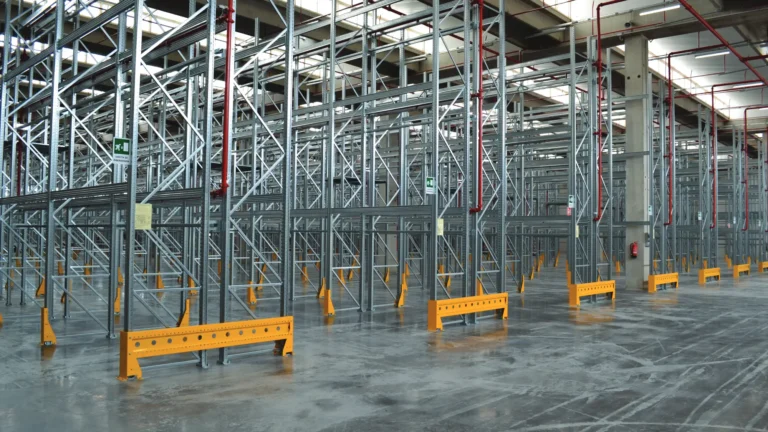
Emergency Preparedness
Fire Safety:
- Install fire extinguishers, smoke detectors, and fire alarms. Conduct fire drills regularly to ensure everyone knows the evacuation routes.
First Aid:
- Have well-stocked first aid kits at multiple locations. Train staff in basic first aid, including CPR.
Emergency Exits:
- Keep all emergency exits clear of obstructions. Regularly check that doors open freely and signs are visible.

Environmental Controls
Temperature and Ventilation:
- Maintain a comfortable working temperature. Adequate ventilation is crucial, especially in areas where chemicals or dust are present.
Noise Levels:
- Monitor noise levels from machinery. Use noise barriers or ear protection where noise exceeds safe levels.
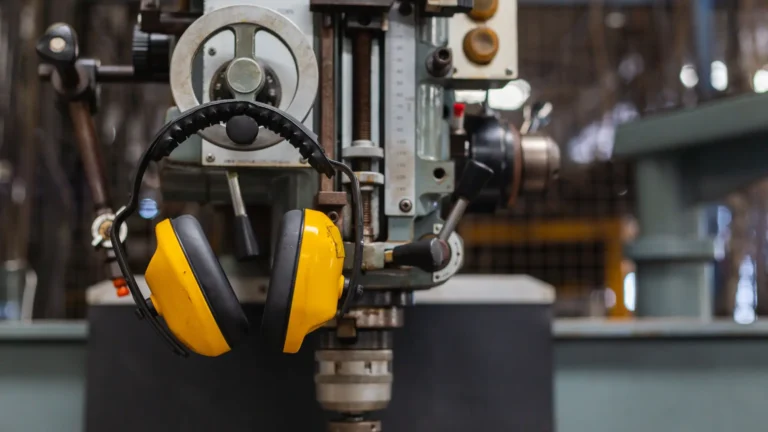
Chemical & Hazardous Material Management
Safe Storage:
- Store chemicals according to their hazard class, ensuring they are kept away from incompatible substances.
Spill Kits:
- Have spill kits readily available for quick response to chemical spills.
Training:
- Train employees on the risks associated with handling hazardous materials, including the use of Material Safety Data Sheets (MSDS).

Psychological Safety
Workload Management:
- Ensure that workloads are manageable to prevent stress-related injuries or errors due to fatigue.
Communication:
- Foster an environment where workers feel safe to report safety concerns without fear of reprisal.

Technology & Safety
Automated Systems:
- Where possible, use automation to reduce human error in repetitive or hazardous tasks.
Safety Tech:
- Implement technologies like safety interlocks, which prevent machinery from operating if safety guards are not in place, or proximity sensors for forklifts.
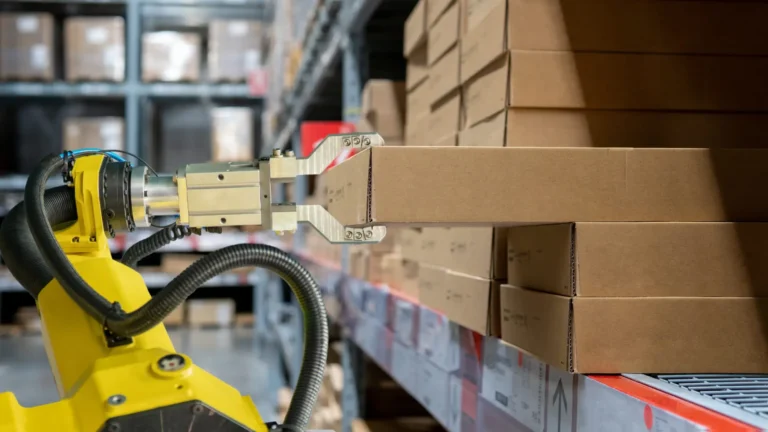
Continuous Improvement
Incident Reporting:
- Encourage reporting of all incidents, no matter how minor, to learn from them and improve safety protocols.
Safety Audits:
- Conduct regular safety audits to identify and rectify potential hazards before they cause harm.
Feedback Loops:
- Create a system where workers can provide feedback on safety measures. This not only improves safety but also boosts morale by involving employees in decision-making processes.
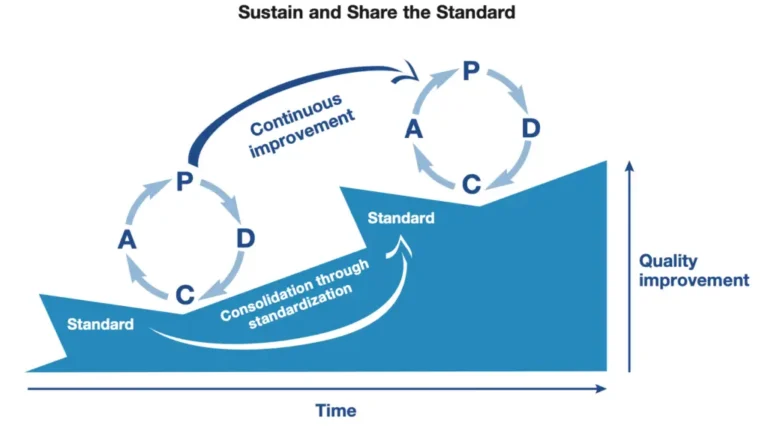
Warehouse safety is an ongoing process that requires commitment from management and active participation from all employees. By implementing these top tips, warehouses can significantly reduce the risk of accidents, ensuring a safer, more productive working environment. Remember, safety isn’t just about compliance; it’s about creating a culture where every worker goes home unharmed every day. This comprehensive approach to warehouse safety not only protects human life but also enhances operational efficiency and reduces costs associated with accidents and downtime.

Gary
Managing Director







